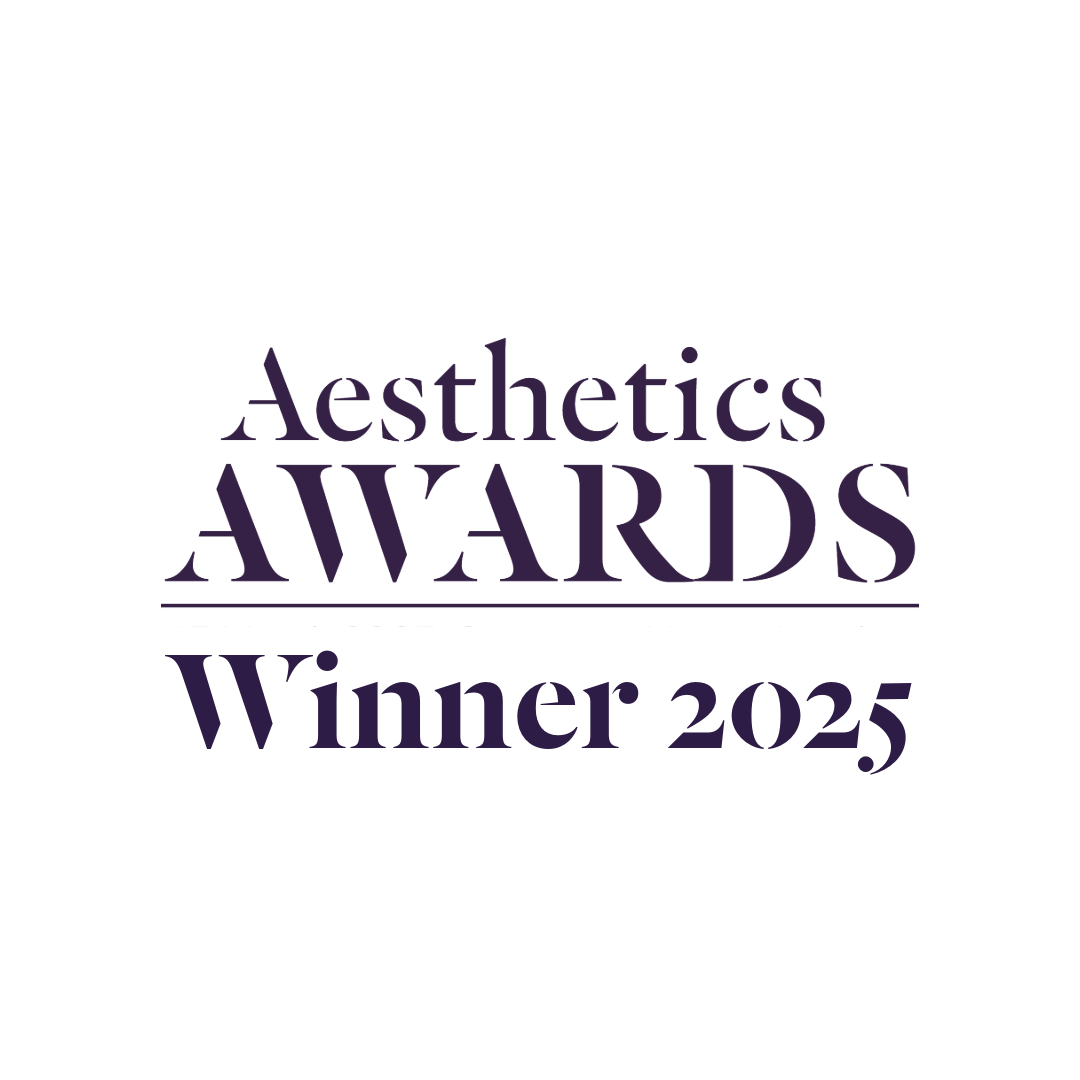Now is the perfect time for a facial peel, in winter the skin can appear dull and ashy in appearance. Facial peels are a great way to rejuvenate the skin to reveal younger looking more radiant skin. Vegetable peel facials offer the same benefits as other chemical treatments like microdermabrasion. All facial scrubs and chemical peels can be used in combination with at-home methods like peel off masks.
Facial peels can repair damage to the skin caused by air pollution or overexposure to the sun. People who benefit the most from chemical peel treatments are those with mild to moderate acne, certain thyroid conditions which may cause a dull complexion. Menopausal women also benefit greatly from chemical peels to counteract the lax or sagging skin that occurs during menopause.
Chemical peels use glycolic acid as an exfoliating agent to chemically remove surface dead skin cells and improve the texture of facial skin. Alpha hydroxy acids (AHA) and beta hydroxy acid (BHA) are often used in chemical peel treatments. AHA and BHA are acids that occur naturally in fruits and vegetables. There are other acids that can be used in chemical peels that are derived from natural sources such sour milk- it produces lactic acid which was used as a beauty treatment by the Egyptians. AHA is the most popular because of its molecular structure; it can penetrate the pore and remove the dead skin cells to accelerate the exfoliation process. Glycolic acid stimulates collagen growth and does not cause any visible peeling. Chemical peels should only be performed by a licensed dermatologist. Only your dermatologist knows the proper concentration of glycolic acid to apply to improve the appearance of the skin.
During the chemical peel process, AHA is the form of glycolic acid is applied directly to the skin. The face is prepared for the treatment by using a pre-peel cleanser. The glycolic acid should only be left on the skin for a few minutes.
You must use sunscreen for 2-4 days following treatment and you should avoid intense sunlight. You may start to wear make-up, 24 hours after treatment. Treatment may consist of a series of acids peels for an interval of three to six weeks to achieve total skin rejuvenation.
Follow all instructions by your dermatologist and if you experience any side effects after a chemical peel, such as brown discoloration of the skin. Contact your dermatologist immediately.










